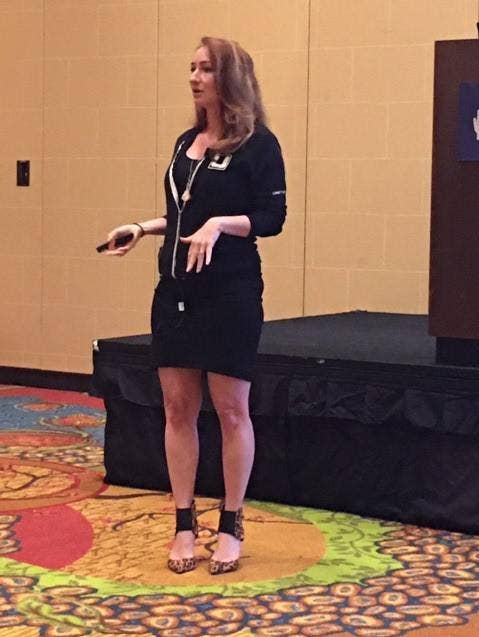Unitrends MSP: Make Disaster Recovery As A Service Part Of Every Service
Unitrends MSP offers technology to help MSPs help customers avoid disasters by preparing for them, proactively testing for them and patching operations where needed, which all can be made into a Disaster-Recovery-as-a-Service offering, says Alex Courson, the company's MSP director.

A rise in cybercrime and ransomware attacks is making it imperative that MSPs prepare their customers to be able to recover from a disaster with their data and turn that into an actual service.
That's the word from Alex Courson, MSP director at Unitrends MSP, who Tuesday told an audience of MSPs at this week's XChange 2020 conference that even applications commonly thought as safe from security threats—including Microsoft Office 365, Google G Suite and Salesforce—can get hit by ransomware.
"SaaS vendors only cover their own mistakes, not yours," Courson said.
[Related: The 20 Coolest Cloud Storage Companies Of The 2020 Cloud 100]
SaaS and other IT vendors in general will take responsibility for hardware or software failures, natural disasters, power outages or delete requests, Courson said. However, MSPs and their customers in general are responsible in the case of human or programmatic errors, malicious insider activity, external hackers, or ransomware or virus attacks, she said.
It is important to remember the areas of responsibility at a time when cybercrime has become a $3 trillion business and when 42 percent of victims of ransomware end up paying the ransom, according to a recent MSP survey, Courson said. "And 25 percent of those who pay don't get their data back," she said.
MSPs looking to help protect their customers against such attacks need to follow a few critical best practices, Courson said.
Those best practices including having a complete business continuity and disaster recovery runbook built long before a disaster happens and make weekly or monthly reports about readiness to meet RTO (recovery time objectives) and RPO (recovery point objectives), she said.
She also suggested MSPs look to a provider like Unitrends MSP, which in mid-2018 was acquired by Kaseya and has since been integrated with Kaseya's MSP platform.
Prior to that acquisition, Unitrends was focused on enterprise data protection, and so just before being acquired it formed a separate organization, Unitrends MSP, to focus on the MSP business.
After Kaseya acquired Unitrends MSP, it also acquired Spanning Cloud Apps, which specialized in SaaS-based backup and recovery of Office 365, Google G Suite and Salesforce data
Unitrends, as part of Kaseya, is integrated with other parts of that company's technologies including its remote monitoring and management (RMM) platform, its professional services automation (PSA) platform, its ticketing platform, its ID Agent security technology, and its IT Glue IT documentation software, Courson said.
Unitrends MSP offers technology to help MSPs help customers avoid disasters by preparing for them, proactively testing for them and patching operations where needed.
This all can be made into a Disaster-Recovery-as-a-Service offering, Courson said.
Disaster Recovery as a Service, or DRaaS, is a $3.1 billion business as of 2018, or less than half the size of the $8.0 billion backup business. However, by 2020, DRaaS is expected to be a $12.5 billion business, or larger than what is expected to be a $12.0 billion backup business, she said.
"DRaaS is the hot ticket," she said.
Unitrends MSP has a good model, particularly in its ability to provide Disaster Recovery as a Service, said Martin Perkins, director of managed services at ABM, a Fort Wayne, Ind.-based provider of managed network and print services.
Perkins told CRN he likes Unitrends MSP's take on disaster recovery.
"They seem to be doubling down on DRaaS," he said. "I like the idea of a full Disaster Recovery as a Service for our customers."